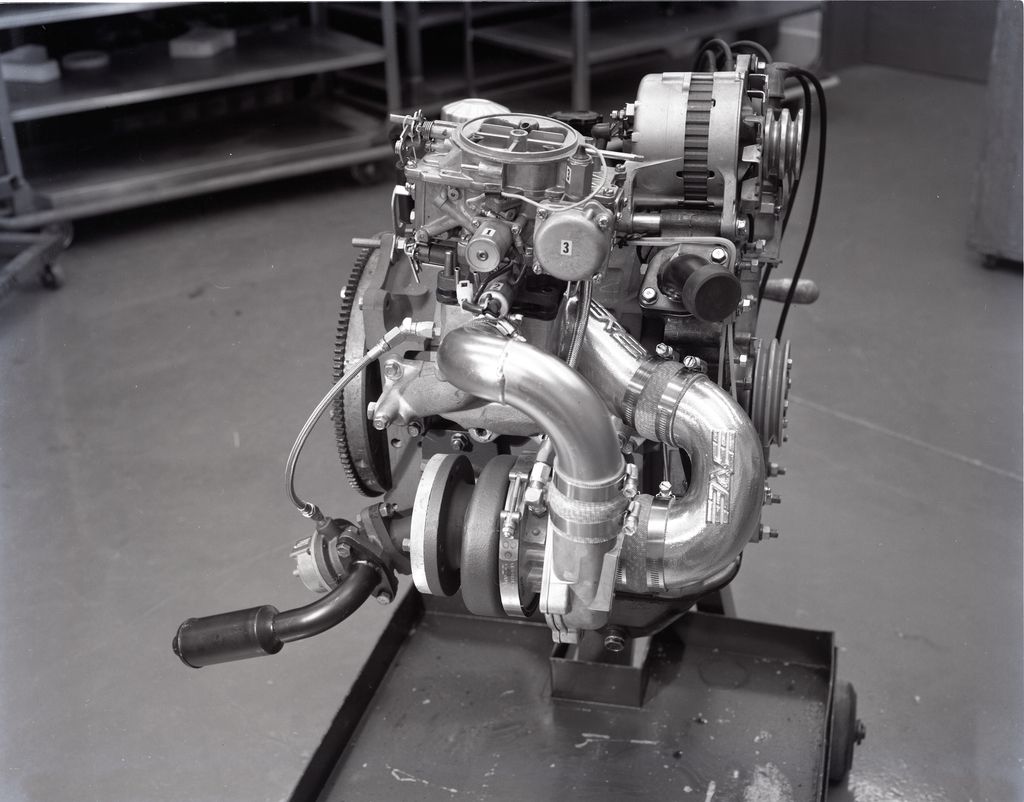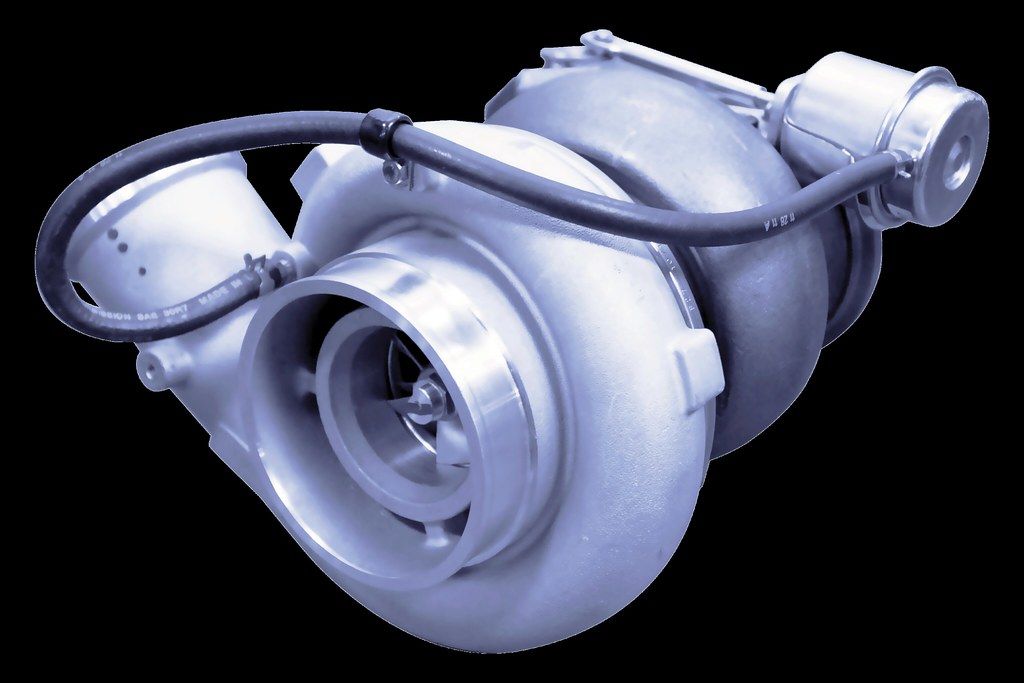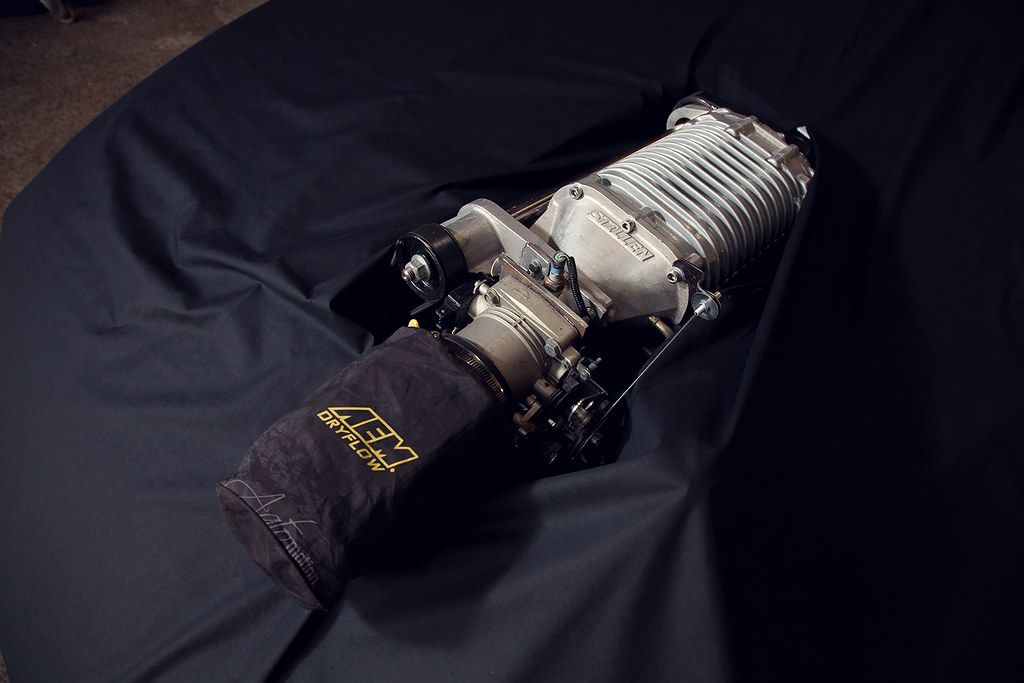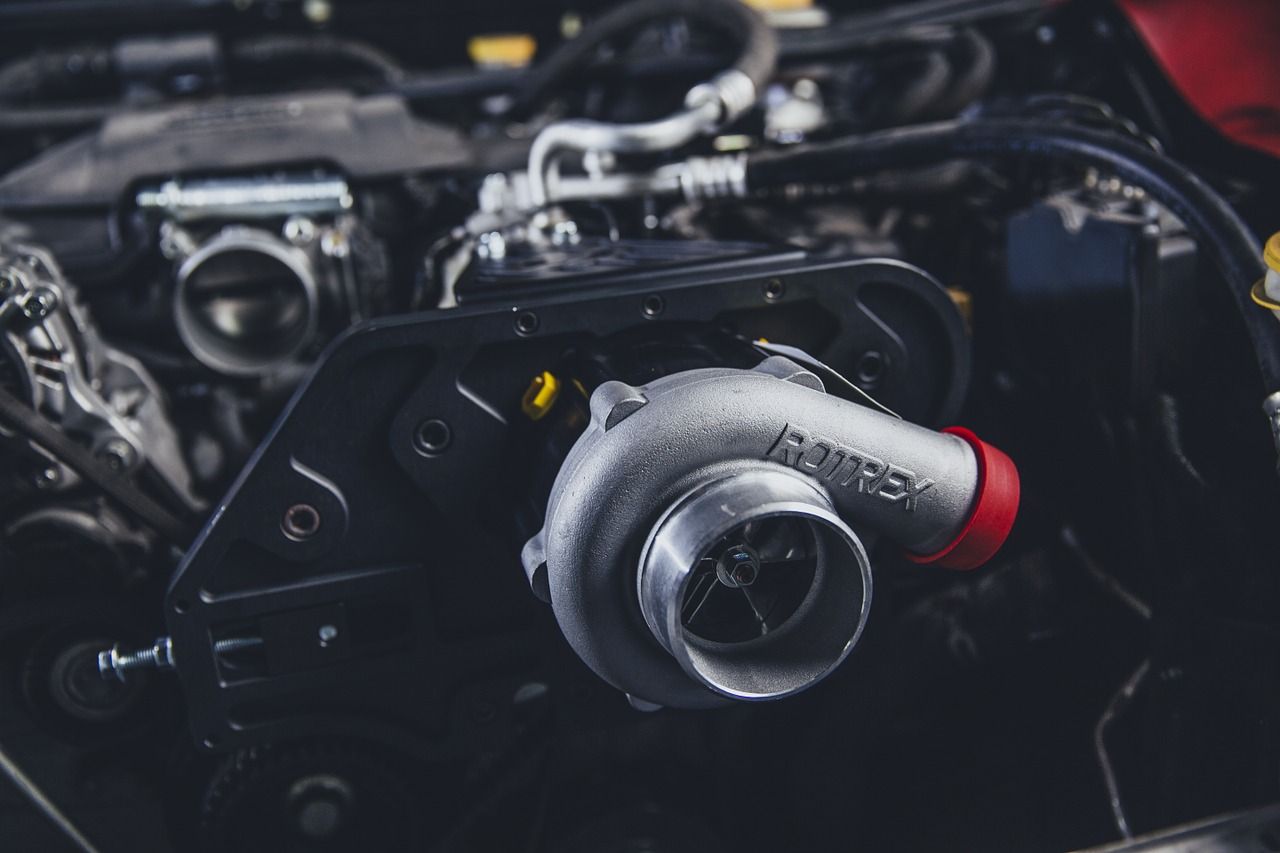There are some critical performance-boosting parts that tuners virtually can install onto any car when tuning cars. Moreover, there is no shortage of sports cars these days that come with those parts right out of the factory. Two of the most well-known of those parts are turbochargers and superchargers.
While there is a lot that a supercharger and turbocharger have in common, some key differentiators make each of them unique. Both immensely increase horsepower, and both work by providing enhancements to the airflow. But let’s take a deep look at the details to see what differences they have, how they’re installed, and which one is better for your car.
The Basics Of The Engine: As Much As You Need Gas In The Cylinders, You Need Air
Before we start with how forced induction systems work, it is best to see how engines operate. When you put your foot on the gas pedal, fuel is sent to the cylinders. Then, the fuel in the cylinders instantly burns; this chemical reaction produces a lot of heat and energy. That energy is used to move the cylinders up and down, which ultimately spins the tires.
If you still remember the fire triangle from elementary school chemistry, you know that to start a fire, you’ll need fuel, heat, and oxygen. We know where the fuel and the heat come from, so oxygen is the main differentiator here.
Your car already has an air intake system that sucks air to the cylinders. You could even install a cold air intake system to boost power. What a cold intake system does is getting cooler air, which is denser and has more oxygen, to the engine.
But that is all about sucking air in. What if instead of the engine merely sucking air, we blow air into it? That’s where turbochargers and superchargers come in handy.
Detailed Look At How Turbochargers Work
In simple words, a turbocharger helps the engine produce more power and torque by forcing dense air into the system. Turbochargers were initially used on plane engines dating back to 1915. Radial aircrafts used turbochargers to get more air into the system in higher altitudes.
A turbocharger (or simply a turbo) is installed on the exhaust where excess gas is omitted. Two turbines are connected via a shaft; one is spun by the gas getting out of the exhaust. The other uses that spin to suck ambient air into itself. That air then is channeled to the engine.
The dense air that’s quickly sucked in by a turbo is hot. Therefore, an air cooler needs to be on its way to make the air cooler. As discussed, cooler air is more efficient and helps fuel burn better.
Since a turbo uses wasted energy that’s getting out of the system, it is much more fuel-efficient than a supercharger. However, this has its downsides as well. A significant disadvantage of turbochargers is that they deal with “turbo lag” when increasing power.
Since the turbine relies on the gas emitted from the exhaust to spin, it takes a little time to build up enough energy to make a difference in the engine’s air intake. In other words, the turbo charges the engine a few seconds after you put your foot on the gas pedal.
Detailed Look At How Superchargers Work
A supercharger generally provides the same benefit for the vehicle, delivering more dense air to the system. But the way it does the work is thoroughly different.
The typical way a supercharger works is by directly using engine power via gear, belt, or chain. This means that superchargers don’t suffer from “lag” (unlike turbos). But on the other side, they need more power to operate, which can put substantially more stress on the engine than turbochargers.
Similar to turbos, the way they quickly suck dense air in makes the air hot. So an air cooler can significantly increase the power a supercharger provides.
Thanks to the advancement of technology, car manufacturers have found alternative ways to power a supercharger instead of using belts and gears. Mercedes, for example, now uses the electricity generated by the brakes to power superchargers in its newest vehicles.
Turbocharger Vs Supercharger: Which Upgrade Is Worth The investment?
Both superchargers and turbochargers have their pros and cons. A turbocharger puts less strain on your engine and can be more fuel-efficient. That’s why you see many mid-range cars use turbochargers instead of superchargers. But on the downside, a turbo takes a few seconds to start boosting power (known as turbo lag).
Since superchargers don’t rely on exhaust gas to spin, they can provide an instant power boost. What’s more, superchargers can generally boast more air into the engine than turbochargers, which means even more power. But on the downside, superchargers are often belt-driven; this can put much more stress on the system and strain the engine.
Installing a supercharger can be more straightforward compared to installing a turbo. If you’re going to install either of which, consider installing an air cooler onto the engine as well. An air cooling system can enhance the performance of a turbo/supercharger and reduce the stress on the engine.





